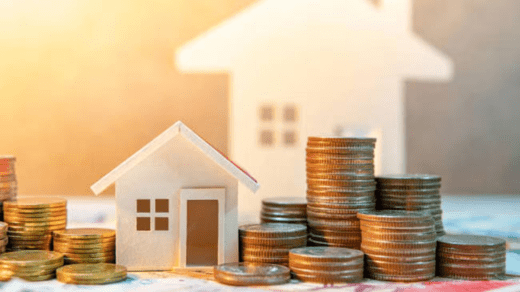
Certainly! Here’s a guide on loans for home improvement, including 30 points covering the pros and cons:
Loans for Home Improvement: Enhance Your Space and Value
Introduction: Home improvement loans provide financing for renovating, remodeling, or enhancing your home. These loans can help you transform your living space and potentially increase your home’s value.
When to Consider Home Improvement Loans:
- Renovation Projects: Home improvement loans are ideal for major renovation projects, like kitchen remodels or room additions.
- Aging Infrastructure: If your home’s systems (plumbing, electrical, HVAC) are outdated and need an upgrade.
- Energy Efficiency: To make energy-efficient upgrades such as installing solar panels or upgrading insulation.
- Increased Home Value: When the improvements are likely to increase the resale value of your home.
- Safety Concerns: For addressing safety hazards, like repairing a damaged roof or replacing faulty wiring.
- Personal Comfort: To enhance your living space for greater comfort and enjoyment.
- Accessibility: Making modifications for better accessibility, such as installing ramps or wider doorways.
- Emergency Repairs: For unexpected repairs that are urgent, like fixing a leaking roof.
Types of Home Improvement Loans:
- Home Equity Loan: Borrow against the equity in your home, usually with a fixed interest rate.
- Home Equity Line of Credit (HELOC): Access a revolving line of credit based on your home’s equity.
- Personal Loan: Unsecured loans with fixed or variable interest rates for home improvement.
- FHA 203(k) Loan: Government-backed loan for home purchase and renovation.
- Cash-Out Refinance: Replace your current mortgage with a larger one and receive the difference in cash.
- Construction Loan: For major renovation or construction projects; usually short-term and interest-only.
The Pros of Home Improvement Loans:
- Enhanced Home Value: Successful improvements can increase your home’s value.
- Customization: Tailor your space to your preferences and lifestyle.
- Energy Efficiency: Save on energy costs with eco-friendly upgrades.
- Comfort and Livability: Create a more comfortable and enjoyable living environment.
- Safety: Address safety concerns to protect your family and property.
- Preservation: Maintain your home’s structural integrity and appearance.
- Home Equity Building: Home equity loans and HELOCs can help you build equity.
- Tax Deductions: Some home improvements may be tax-deductible.
The Cons of Home Improvement Loans:
- Interest Costs: Loans come with interest, increasing the overall cost of your improvements.
- Loan Fees: Some loans may have origination fees and closing costs.
- Risk of Over-Improvement: Over-improving your home for the neighborhood can lead to diminishing returns.
- Default Risk: Failure to repay home equity loans can result in the loss of your home.
- Credit Check: Lenders typically require a credit check for most home improvement loans.
- Loan Approval Challenges: Qualifying for some loans may be challenging with poor credit.
- Loan Repayment Period: Repayment periods can be long, impacting your budget for years.
- Market Volatility: Economic changes can affect home values, impacting the return on your investment.
Conclusion: Home improvement loans can be an excellent way to invest in your home’s comfort, safety, and value. However, it’s crucial to carefully consider the costs and benefits, choose the right loan type, and plan your projects wisely. When executed strategically, home improvements can transform your space and provide a return on your investment.



